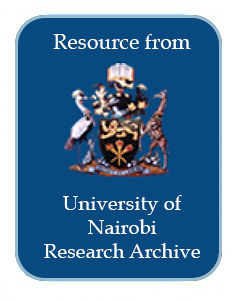Resource information
For a long time, trypanosomosis, spread by the tsetse fly Glossina, constrained human settlement in the Lambwe Valley, a south-western Kenya rangeland. After lengthy efforts to control tsetse over many years, the valley is currently experiencing an increase in human population growth rate, and rapid changes in land-use and cover are taking place. Using time-series aerial photograph interpretation, social survey methods, and a review of human population trends over five decades, a three-fold expansion in cultivation in the settled areas over a 50-year period, with a consequent decrease in woody vegetation cover was identified. In the Ruma National Park, occupying a third of the valley floor, shrublands and thickets have expanded while open grasslands have decreased. The sudden increase of land under cultivation adjacent to prime agricultural land designated for wildlife conservation, exacerbated by bush encroachment and dwindling resources for tsetse control could provide a situation suitable for land-use conflicts. Sustainability of this unique rangeland is dependent on how judiciously the resources are shared among all stakeholders in the valley. This study suggests continued tsetse surveillance and agricultural intensification in the settled areas to minimise chances of conflicts in land-use.


